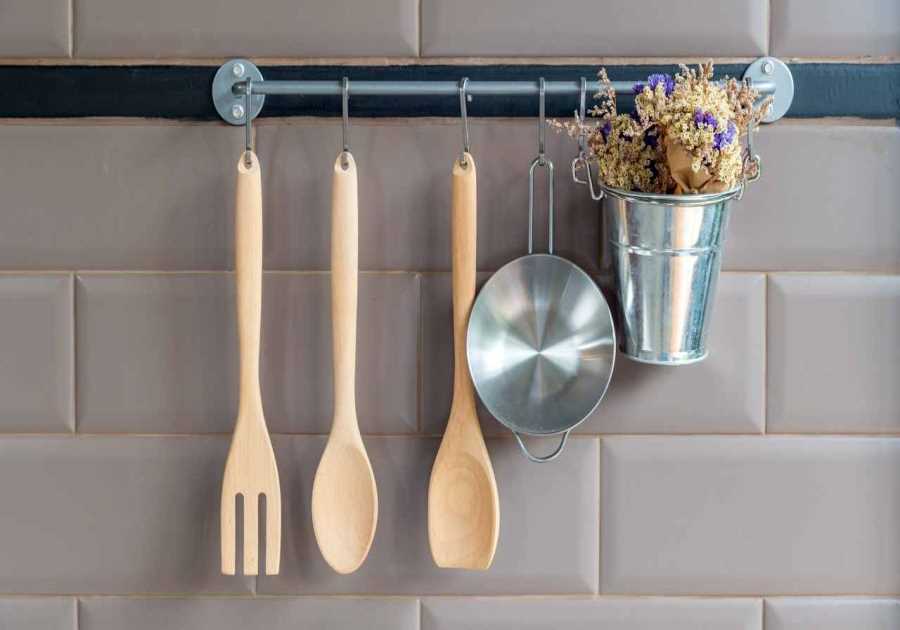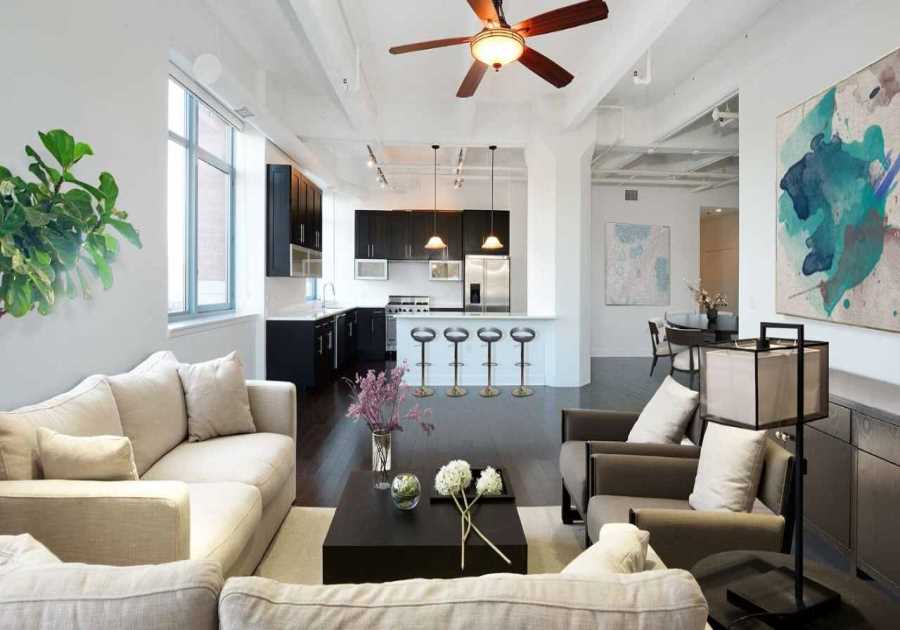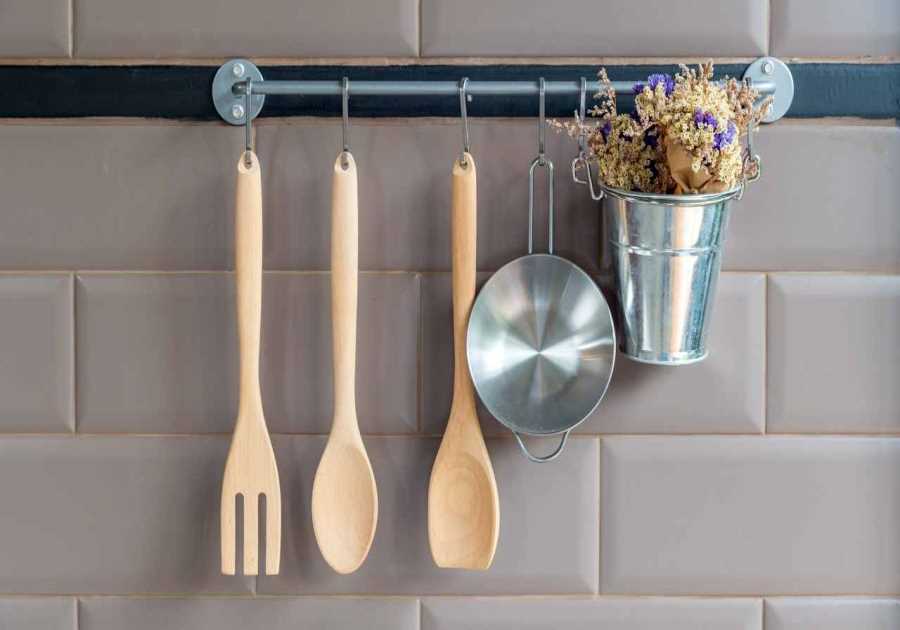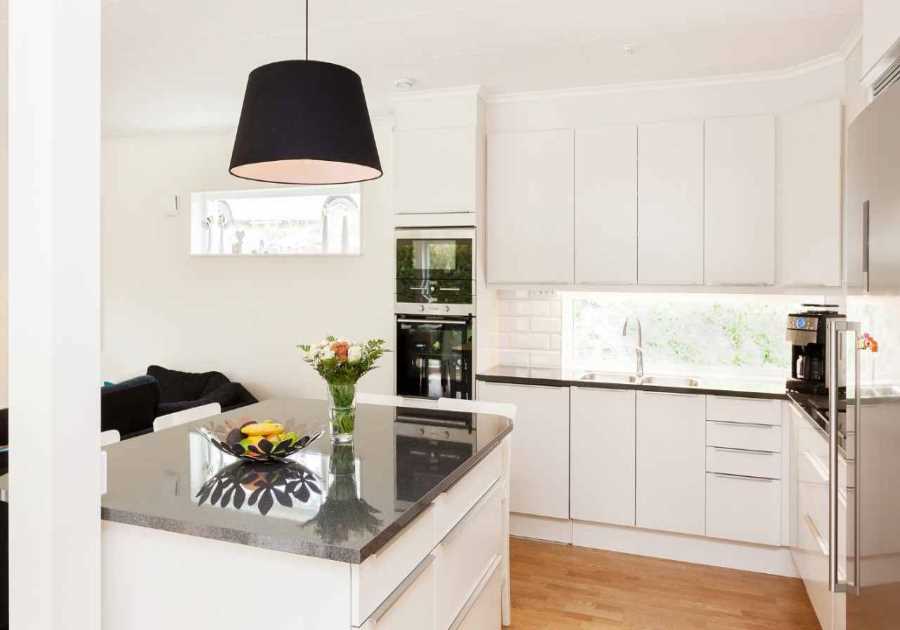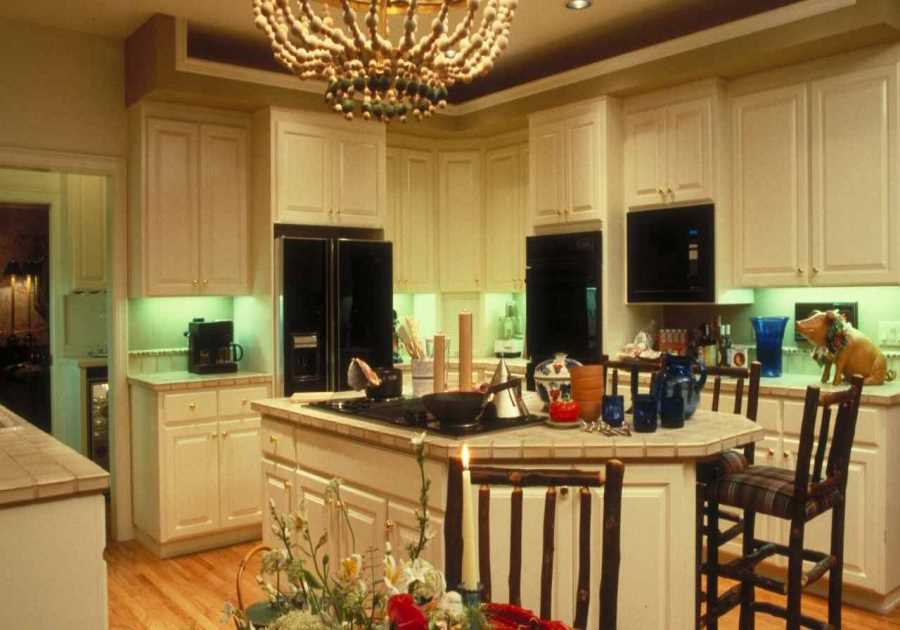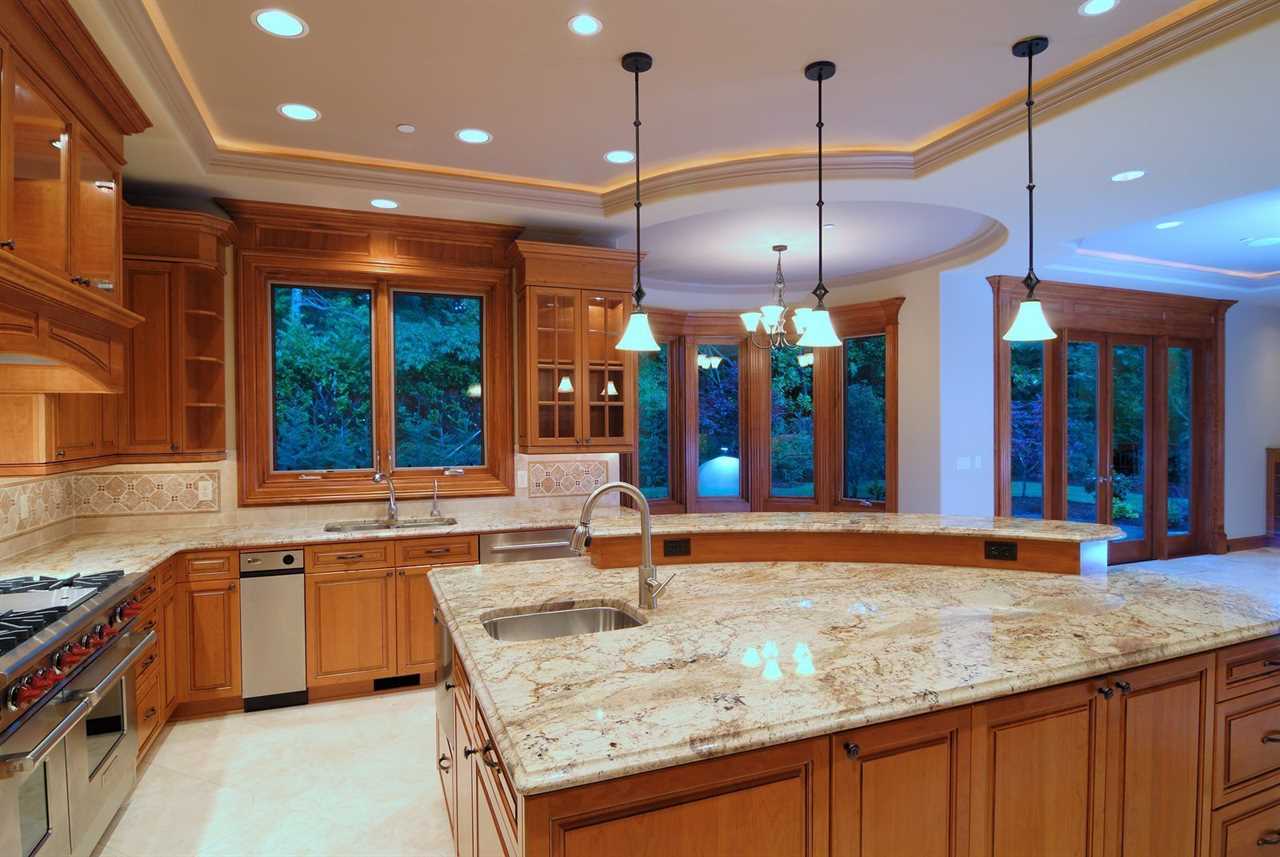
Dazzle your kitchen space with mind-blowing designer lighting.
Lighting is the key to transforming any kitchen, it's never been easier to get creative with some top-quality lighting options.
There's ambient lighting that sets a comforting background glow, while accent lighting can add character and focus direct attention. Create multi-dimensional layers of light easily and effortlessly, try incorporating a statement lamp or opt for lightly toned pendant lights for drama and an impactful aesthetic.
Toe-kick lighting and low-glare directional downlights will bring essential illumination wherever you need it the most.
Don't be scared to let your inner designer loose! Have fun exploring the wide range of mixers, dimmers and hue controllers for sophisticated mood settings that you can tweak to perfection.
Crafting a stunning kitchen design is now so simple with this alluring choice of interior apparatus. Try adding LED strips wrapped around cabinets in vibrant colours as well as flashing under counters LEDs for cool effects.
For maximum wow factor, consider fitting elegantly designed light fixtures such as theatrical chandeliers, fashion spotlights and dazzling art ceiling lamps to create a style statement you'll love coming back home to every day!
Layered lighting
Creating a layered lighting scheme is a good idea for designer kitchen lighting. This will not only help you to create a beautiful kitchen, but it will also make your room a lot more functional.
A layered lighting scheme will include three types of lighting: ambient light, task lighting and accent lighting. Each type of lighting serves a different function, and the combination of them can create a spectacular effect in any space.
Choosing the right light bulbs is key to achieving a successful layered lighting scheme. The colour temperature of your lights should match the decor in your space. For example, a bedroom or bathroom will likely need warmer light, while a kitchen is generally cooler.
Accent lighting
Accent lighting may be just what you need if you want to impact your kitchen decor significantly. Accent lighting highlights architectural elements, special features, and artwork in your home. This lighting can also create a warm and comfortable atmosphere.
The best way to use accent lighting is to focus on one area or object. For example, you can light the top of a table or the front of a bookcase. You can also highlight architectural details, such as a backsplash or the tile on the floor.
You can also use accent lights to illuminate special collections. For example, you can hang a pendant lamp in a dining room or over a large kitchen island. Another popular method of adding accent lighting is to put puck lights on the wall or the cabinets.
Low glare directional downlight
The directional downlight is a great way to add extra task lighting to your kitchen. Using directional light will also give you more control over your type of light. For example, you can use a directional downlight to illuminate a tabletop or countertop for work.
There are a few options in the directional downlight category, from low-profile downlights with ultra-thin fixtures to LED downlights to slim downlights that are edge-lit. Optical accessories are also available to optimize the beam characteristics of your lighting scheme.
A downlight can be considered the real workhorse of large interior spaces. This is due in part to the simplicity of installation and a long life span.
Toe-kick lighting
Adding toe-kick lighting to your kitchen is a great way to make a statement. It's also a functional way to illuminate your space.
This lighting is best used as accents to other lighting fixtures in the kitchen, such as under cabinet lighting. The main benefit of this type of light is that it creates a beautiful glow around the floor. In addition, toe-kick lighting can be combined with LEDs or recessed lighting to add a bit of extra oomph to your design.
LED toe-kick lights can be found on sites like Amazon or directly from manufacturers. Depending on your budget, they can range from $50 to $250.
Linear chandeliers
Linear chandeliers are a stylish addition to your designer kitchen lighting. Their sleek, rectangular design is perfect for dining rooms, breakfast bars, and kitchen islands.
These chandeliers are available in many styles and finishes. Most include a dimmer switch for easy, controlled lighting. Some popular brands include Kichler, Savoy House, Quoizel, Hinkley, and Feiss.
Kitchens require plenty of bright, well-lit lighting. The ideal placement for a linear pendant light is above a long kitchen island. They are also great for breakfast bars and breakfast nooks.
You can find linear chandeliers in modern, traditional, and eclectic designs. Many come with LED bulbs, which provide up to 50,000 hours of illumination. This allows you to use less energy, reduce your monthly electric bill, and lower the cost of the fixture.
Ambient lighting
Ambient lighting is a type of light that fills a room. It is also referred to as mood lighting. In this case, it creates a warm and comforting ambiance. This kind of lighting can be achieved by using an assortment of fixtures.
For example, pendant lights can cast light downward or upward. The type of light you use will depend on the size and shape of the room.
Accent lights are also a type of light used to draw attention to a specific area. Some examples include cabinets, artwork, architectural details, or a coffee table. Decorative lights will tie together the design of your kitchen.
Frequently Asked Questions
Are Kitchen Remodeling Costs Worth it?
Remodeling your own kitchen can transform the feel and look of your home. But it can also cost you a lot. The cost of remodeling your kitchen might seem prohibitive.
When deciding whether your kitchen remodel is worth the investment, there are many factors you should consider. The first is the value of your home. If you are planning to sell your home in the near future, it is important that you ensure that the remodel cost has been recouped in the final sale price.
Another factor to consider is the cost of the remodel itself. Kitchen remodels that are high-end can run into the thousands, so be sure to have the funds to pay for them. You may not need to worry about the cost if your goal is to sell your home.
Last, think about how often you'll use the new kitchen. You will need to make sure your new kitchen is able to accommodate large parties or prepare large meals. You might be able manage with a smaller, more affordable remodel if you don't intend to use your kitchen often.
Here are some suggestions to help you get started if you don't know where else to look.
- Decide whether you want to build new cabinets or replace existing cabinets. Remodeling a kitchen can add significant cost. You will also need to get rid of all existing cabinets if you want to replace them all.
- Choose your colours carefully. Your kitchen's overall appearance can be affected by your choice of colour. Make sure you choose carefully.
- Decide if you want to update the flooring. You might leave the flooring as is if you are planning to sell your home soon. A freshly painted concrete slab could give off a "new look."
- You might consider adding storage space. Consider adding cabinets, drawers or shelves to increase the usable space in your kitchen.
- Consider lighting. The dark corners of your kitchen will be brightened by installing recessed lighting above the stove, sink and refrigerator.
- Add Appliances. It can help reduce your energy consumption by replacing your old fridge with one of the newer models. This can increase the resale price of your house.
- Be sure to include enough outlets. A majority of kitchens have only one or two outlets. This means that your blender, microwave and other appliances won't work in your kitchen.
- Water lines should not be overlooked. Water pipes are hidden behind walls or floors. Before you begin any work, check for leaks.
- Eliminate clutter. Your kitchen is already crowded, but try to keep things organized. Take out anything unnecessary.
- Get estimates from several contractors. Get quotes from several contractors.
- You should look into financing options. Many homeowners choose to finance their kitchen remodeling projects. This way, you avoid paying interest while making payments.
- Have a good idea of how long you plan to live in your house. You should invest more in your kitchen the longer that you are there.
- Keep track of each detail. Take down all details in a notebook.
- Plan ahead. You should take time to visualize what you want in your kitchen. This will help you visualize the whole project.
What is a reasonable budget for a Metro Vancouver kitchen remodel?
$50,000 is a realistic budget for a kitchen remodel in Metro Vancouver. This would cover new appliances and countertops, flooring, cabinets, flooring, and lighting.
What are the drawbacks of an open-concept cooking style?
Privacy is the biggest problem. With an open-concept kitchen, you can't hide the mess from guests. Open-concept kitchens are great for those who love to cook. However, guests might find it difficult to keep their hands clean. It can be hard to clean an open kitchen if it doesn't have a designated cooking area and dining area. If you have limited space, an open-concept design kitchen might not be the best choice.
Statistics
- In large firms, the commission charged by the GC ranges from 15 to 25 percent of the total job cost. (thespruce.com)
- Your most significant cost investment for a kitchen remodel will usually be cabinets, typically comprising 25 percent of your budget. (hgtv.com)
- It's a fantastic thing about most home improvement projects: no matter the job. It often seems like the last 20% is the most difficult. (familyhandyman.com)
- This is rather grim, but according to Business Insider, 12 percent of couples consider getting a divorce while renovating their home! (familyhandyman.com)
- Keep 10 to 25 percent of List 2, depending on the budget. (familyhandyman.com)
External Links
thespruce.com
familyhandyman.com
- Dos and Don'ts From a First-Time DIY Subway Tile Backsplash Install
- Create an Open, Craftsman-Style Kitchen (DIY)
homeadvisor.com
- Get a free estimate on how much it will cost to remodel your kitchen - Compose SEO.
- How Much Does a Kitchen Remodel Increase Home Value? - HomeAdvisor
hgtv.com
How To
These are the 8 Steps to Kitchen Remodeling For Beginners
These are the steps to follow when starting a DFY program for beginners:
- When remodeling your kitchen, there are three main steps. First, determine whether you are looking to complete a full renovation or simply replace fixtures and appliances. The second step is to determine what type of kitchen design best suits your lifestyle. You can choose to have the project done by professionals or DIY.
- The next step is to choose the type of kitchen that you want. Do you prefer a traditional style kitchen with cabinets, countertops and appliances? You might prefer modern designs with minimal storage and clean lines. Are you looking to install a large island, or add a breakfast area? The final step is to hire a professional to complete the installation.
- Although the kitchen is the heart and soul of every home it is often overwhelming for homeowners because of the many decisions that they have to make before they begin their project. There are many easy ways to start.
- Decide if your goal is to remodel or replace. This is the first step. If you're looking to remove the existing space and begin from scratch, it's important to account for demolition costs, new cabinets countertops, flooring, appliances, lighting, and other expenses.
- Set a Budget - First, calculate the amount you can spend to remodel your kitchen. This includes everything including labor costs, supplies, and the budget.
- Decide Your Layout. Once you have decided how much money you can afford, you need to decide where your new kitchen should be placed. There are many options for layouts such as open concept, peninsula and galley, U shape, L-shape and corner. Each layout has its pros, and it is important that you choose the one which best suits your needs.
- Choose Your Materials - Now it's time to choose your materials. This includes everything, including countertops and cabinets as well as flooring and lighting. There are many choices available so it is important to research and choose the right materials for you.
- Hire professionals - Once your materials have been selected, you will want to hire a professional who is experienced in kitchen construction. A reliable contractor will make sure that everything runs smoothly, right from design to installation. You don't need to worry about problems throughout the process. They also provide follow up services.
- Enjoy! You've reached the last stage of the kitchen renovation process. Enjoy! If you are happy with your kitchen, you will not mind spending hours making delicious meals in it. However, if you still have doubts about your kitchen's design, it is worth taking the time to get acquainted with it. You'll be able to judge if your remodel was worthwhile.
.png)
